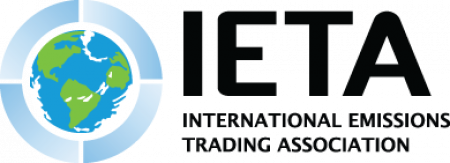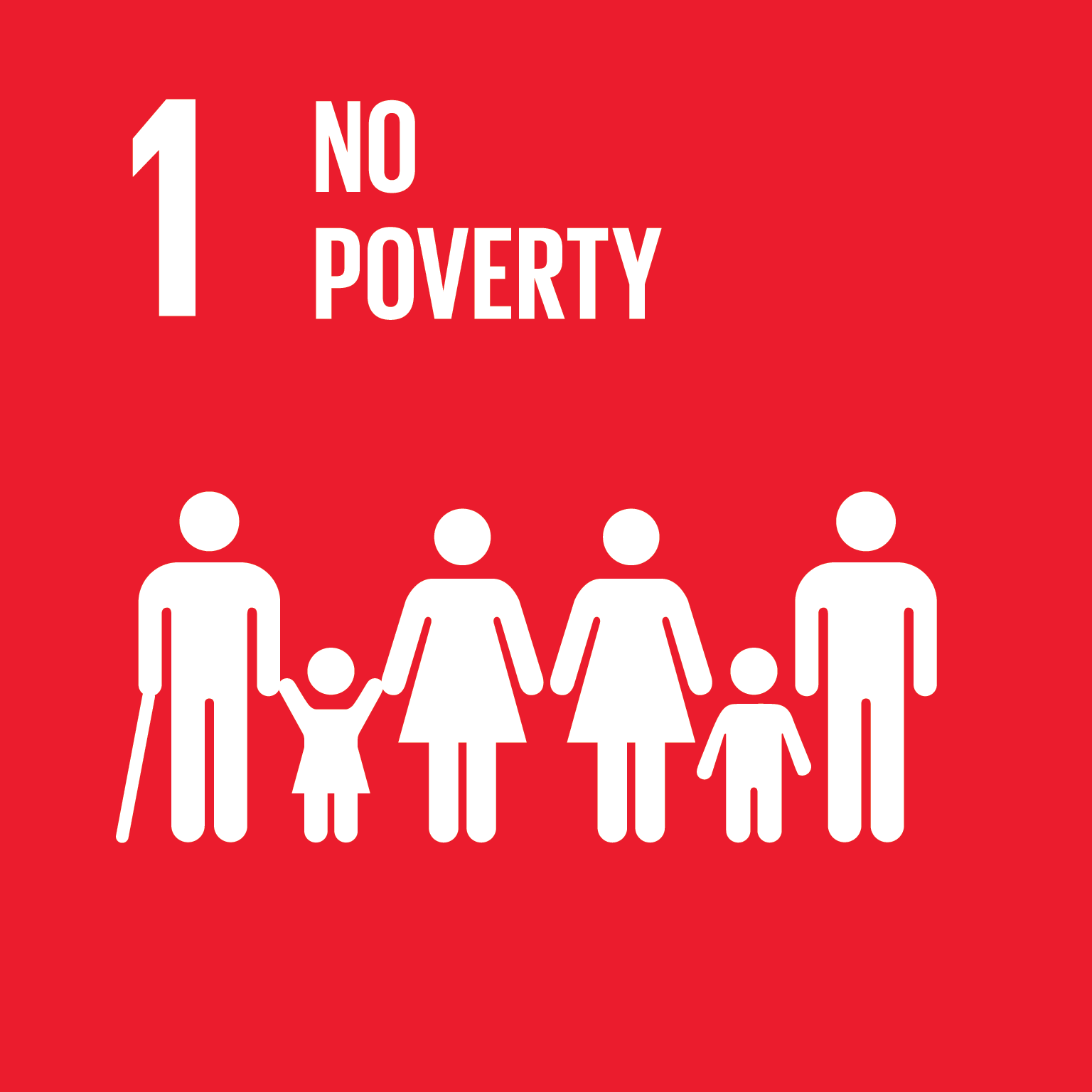
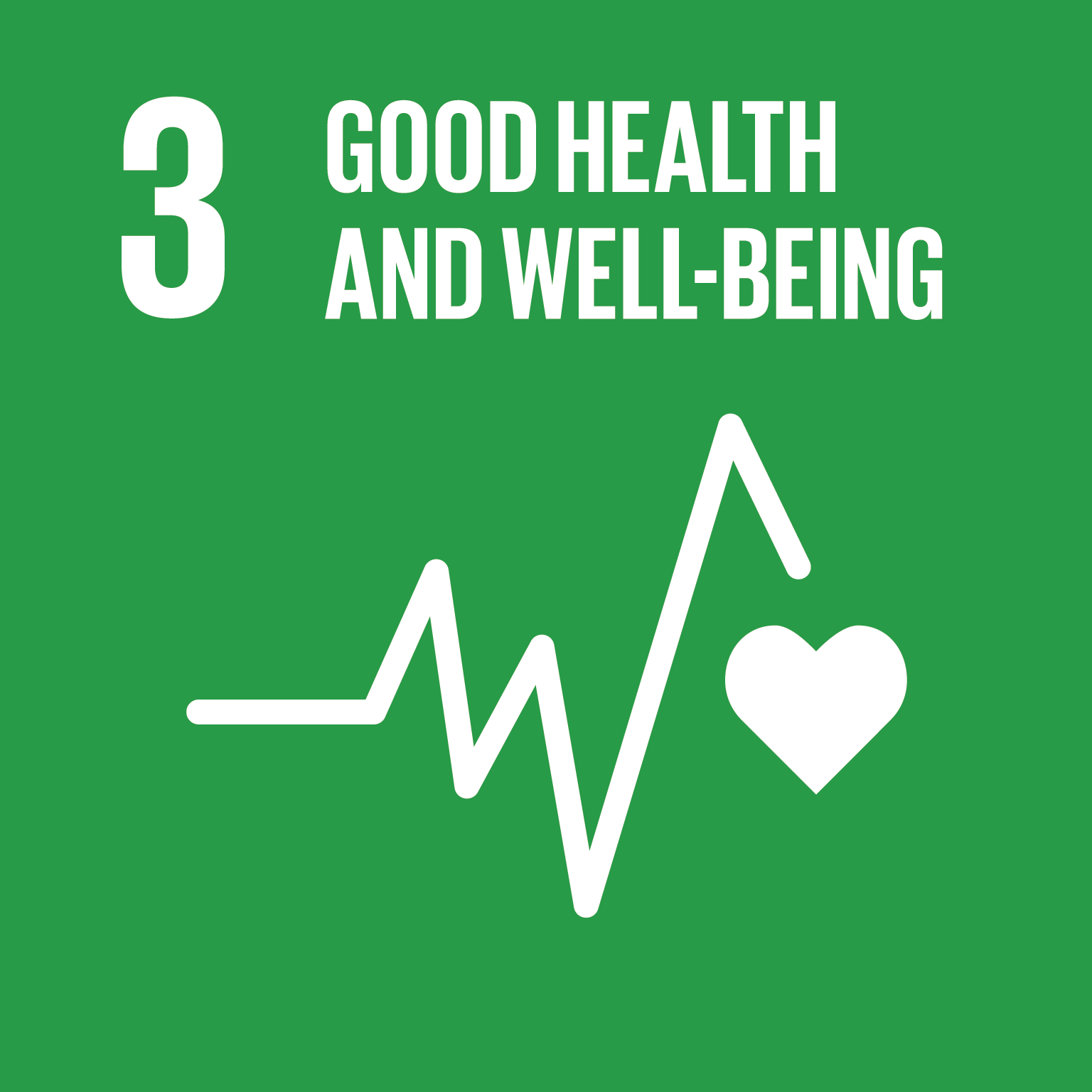
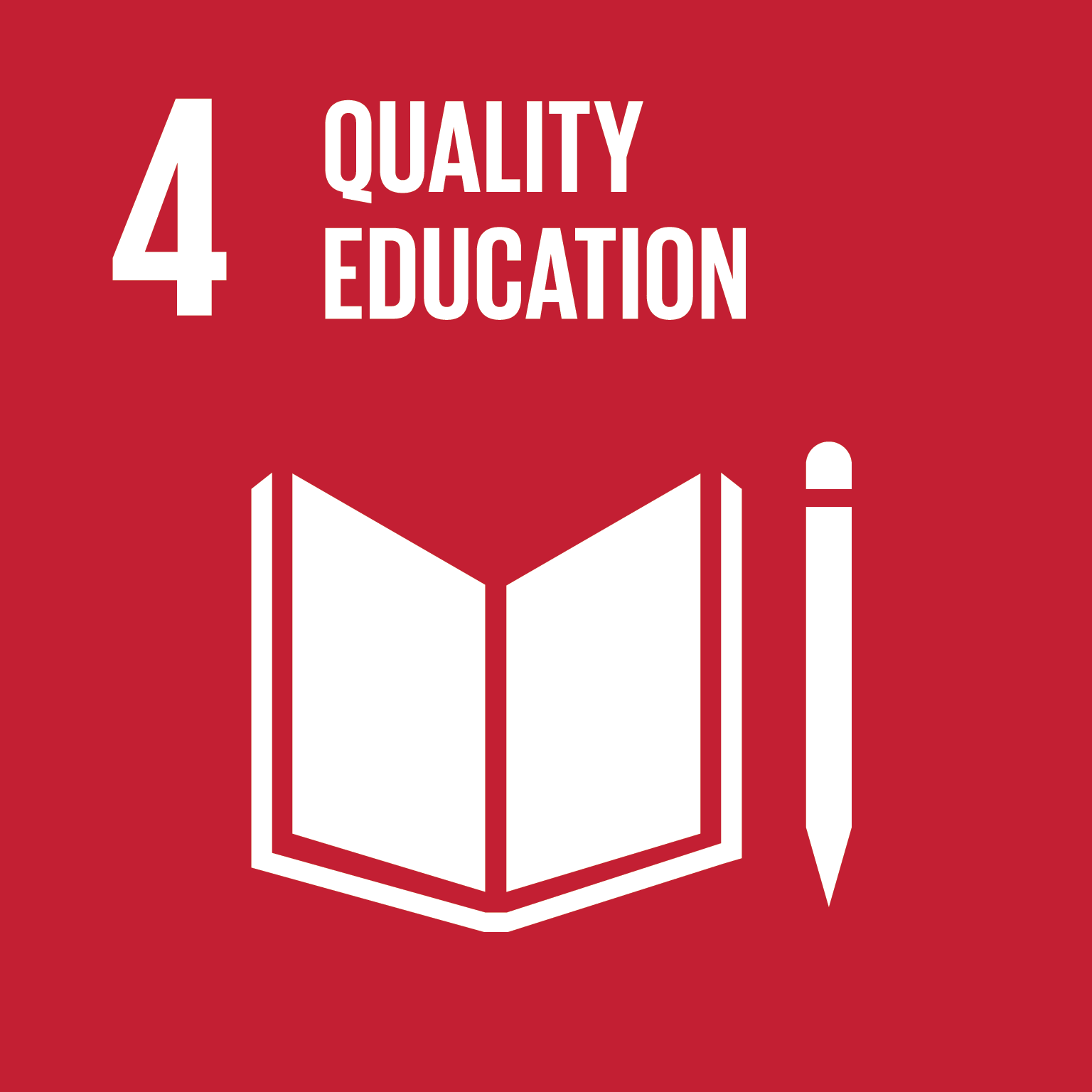
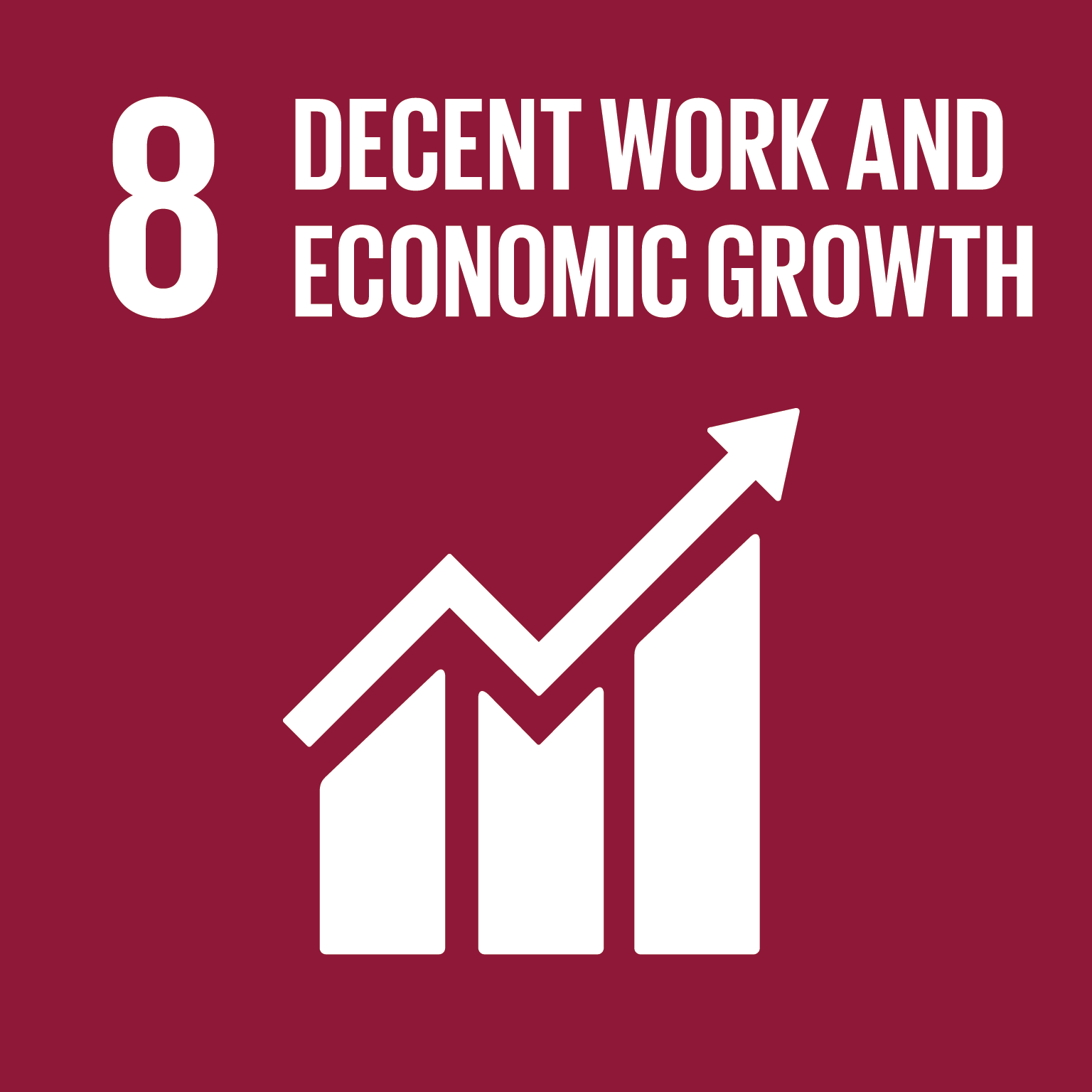


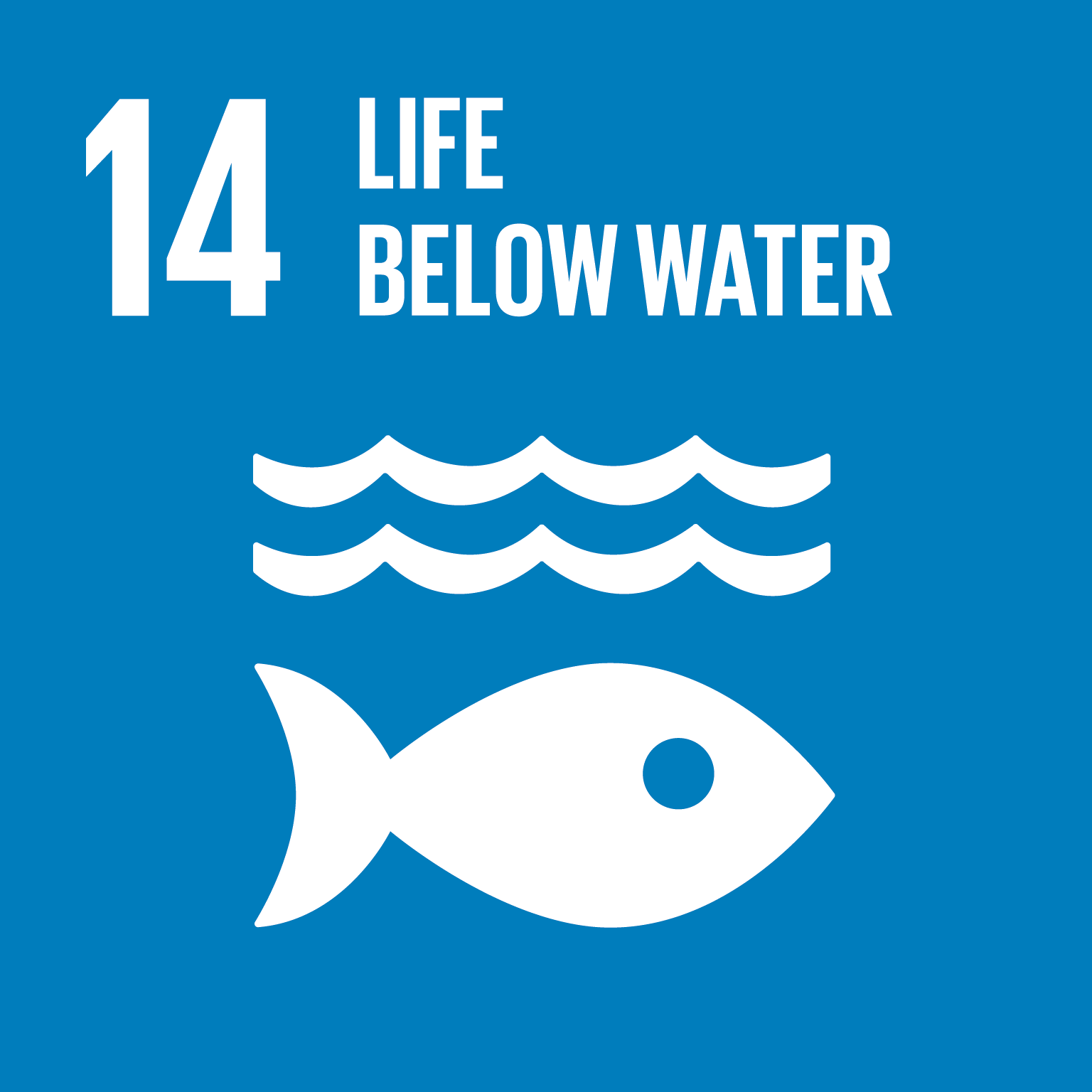

The CCB Double Gold validated project conserves 70,000 hectares of the highly threatened Gola Rainforest National Park (GRNP), Sierra Leone’s largest remaining area of Upper Guinea Tropical Rainforest and one of the world’s most important biodiversity hotspots.
Project activities focus on strengthening the conservation of the area as well as addressing the drivers of deforestation by working with local communities to encourage sustainable development and land use planning. These include cocoa mapping and growing to produce sustainable chocolate and loan schemes to help small businesses.
The long-term project plan focusses on enabling stakeholders (government, communities and national NGOs) to manage this entire landscape sustainably, not only to benefit local communities directly, but also to protect the vital carbon stock and the critically endangered wildlife contained in the forest.
Theory of change
Despite its status as a national park, the primary and real threat to the project area is unplanned deforestation caused by the conversion of forest into the traditional crop-fallow cycle, a practice carried out by rural populations dependent on subsistence agriculture throughout Sierra Leone. The project addresses this by strengthening conservation strategy and effective management of the GRNP, increasing numbers of rangers and frequency of patrolling, having clear boundary demarcation, upgraded infrastructure (e.g. ranger stations, park headquarters) and improved communications with local communities.
The project works with local communities to encourage sustainable development and land use planning by developing farmers’ capacities and environmental awareness, enabling them to become environmental stewards of the natural resources that underpin their livelihoods. This strategy is primarily focussed on improving productivity on existing crop land and helping farmers diversify to sustainable high-income activities such as cocoa production.
Climate change mitigation
The project ensures around 19 million tonnes of carbon remain locked within Gola’s forests and safeguarded through sustainable management, reducing emissions by approximately half a million tonnes of CO2e annually which would have been emitted in the absence of this project.
- In addition to these emission reductions the project contributes to climate change adaptation by:
- Robust and effective monitoring which enables measures of climate change indicators: forest cover, biodiversity and community development;
- Educating local communities about local and global climate impacts and the importance of protecting the forest through community engagement work; and
- Creating healthy ecosystems which are more resilient to climate change stresses.
Although the primary objective of the Gola project is protecting the high existing carbon stores, the project also enables significant carbon removal as well through natural regeneration of previously degraded areas. Since its inception in 2012, it is estimated that the project area has sequestered an additional 460,000 tC02e.
Project impact areas
The project has funded multiple community initiatives that help to build sustainable economic opportunities to ensure the change is permanent and rebuild infrastructure and services like schools, community halls, and clinics. All efforts contribute to the rebuilding of lives after over a decade of civil war and more recently the worst ever recorded Ebola outbreak.
Project activities help local farmers integrate commercially viable and sustainable practices into their work. 35 farmer field schools provide training to improve crop yields and quality. As part of this, 90 “Master Farmers” have been trained to cascade training and support other farmers and 66 community members have been trained as Gender Inclusivity trainers. 35 Community managed Loan Schemes have been established to allow communities to buy equipment and seeds necessary to implement sustainable agricultural practices. 450 people have benefited to date, primarily women.
658 scholarships for secondary schools were awarded in 2017, in communities where families cannot normally afford to educate their children past primary school.
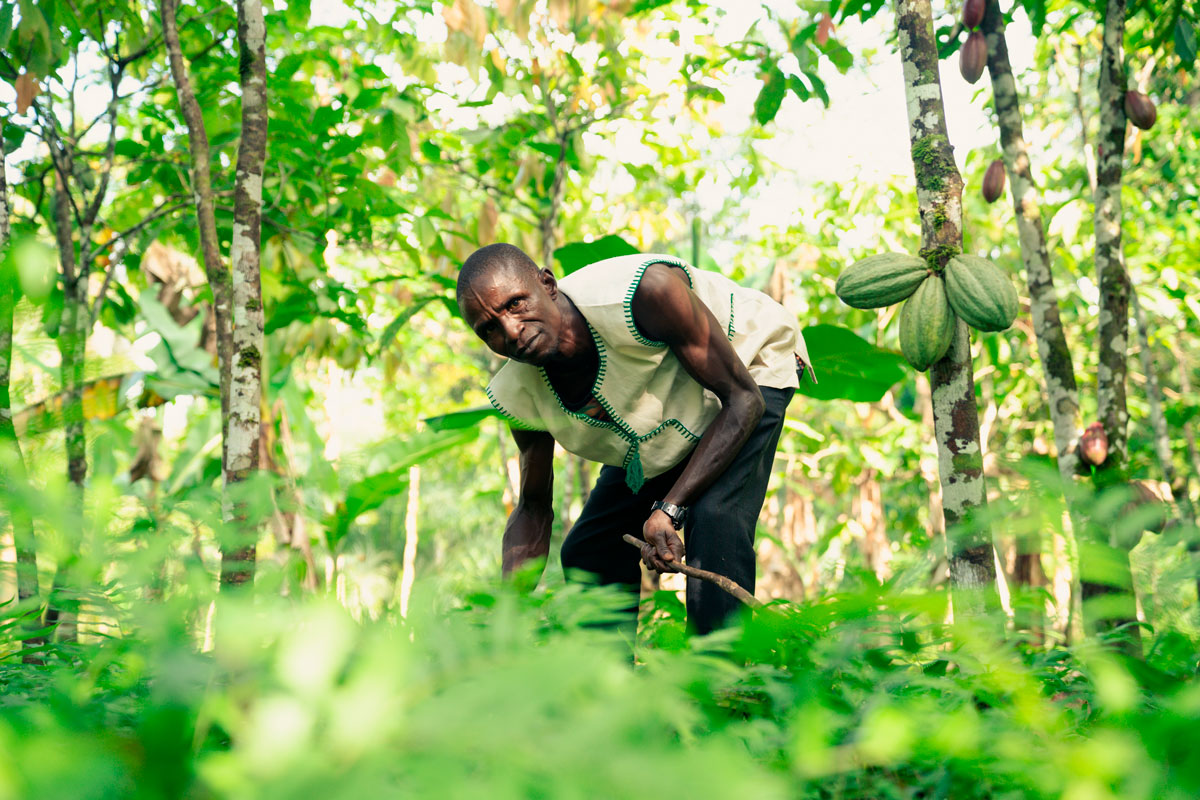
The project supports forest-friendly, sustainable commodity production and has established 42 cocoa farmer groups with over 1,500 registered cocoa farmers. The cocoa farmer associations have exported more than 35 tonnes of rainforest friendly cocoa into the international market, where it is being recognised for its quality and unique story (Gola Rainforest Chocolate). 83 villages have participated in cocoa mapping and cocoa growing support programmes.
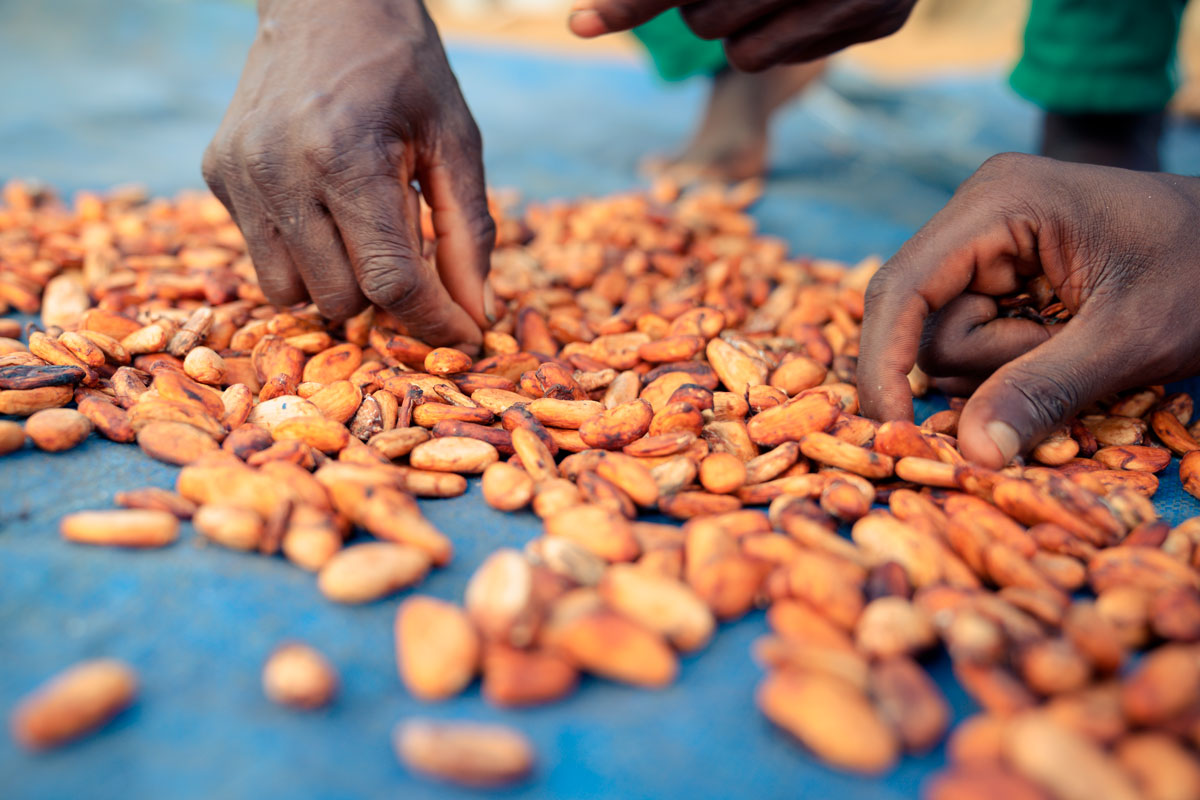
The project and its surrounding area are the largest area of lowland tropical forest remaining in Sierra Leone and form part of the Upper Guinea forest ecosystem, which is classified as one of the 25 most important biodiversity hotspots in the world. The area is one of only three forested biodiversity hotspots in Africa. Until the end of the 19th century rainforest covered most of Sierra Leone, Liberia, South-East Guinea, Southern Ivory Coast and South-West Ghana, but less than a fifth of this remains today.
The Greater Gola Landscape, straddling the Sierra Leone and Liberian border, comprises the largest remaining block of this ecosystem, over 350,000 hectares, in a mosaic of protected forest, community forest, and smallholder agricultural lands. This mosaic forms wildlife corridors that are critical for species that are threatened or endemic to the forest.
The Gola forests therefore act as a key stronghold for many endangered and threatened bird and mammal species and are also politically important as they form part of a larger ‘trans-boundary peace park’ envisioned by the Governments of Sierra Leone and Liberia to assist in establishing permanent peace in a previously troubled cross-border region.
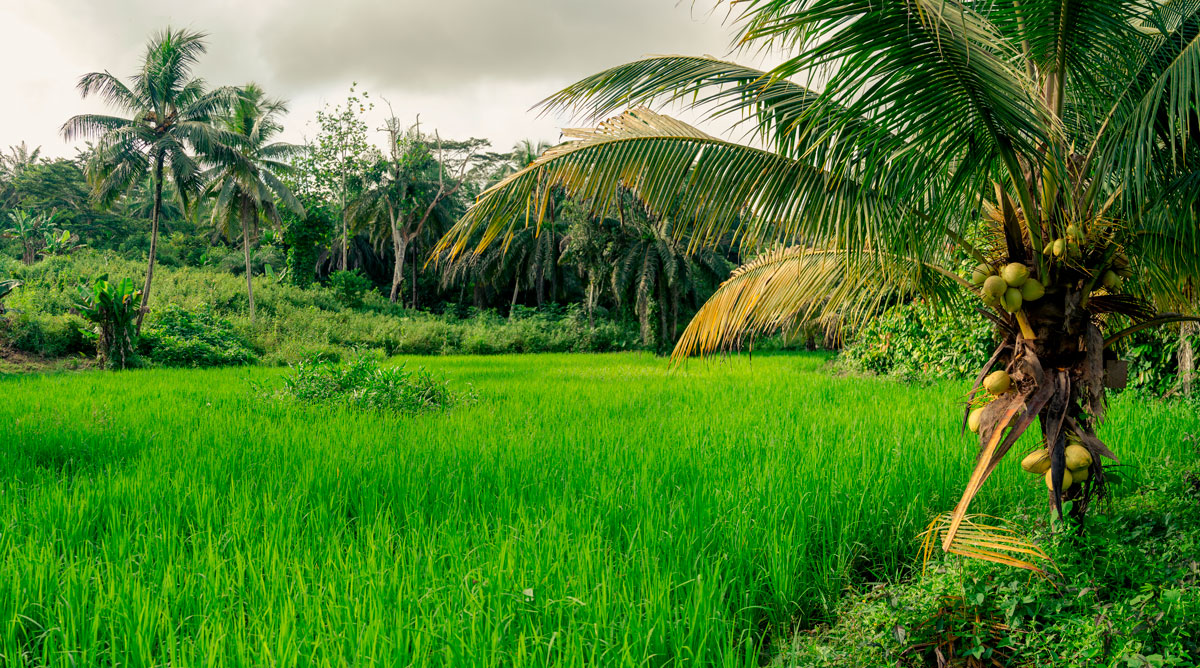
The project protects the largest remnants of Upper Guinean Tropical Rainforest left in Sierra Leone. In an area of just under 700 square kilometres, more than 300 bird species have been recorded, 14 of which face global risk of extinction. A variety of other flagship species are also found in Gola including the elusive pygmy hippo, threatened with extinction and only present in this part of Africa, and an estimated population of 300 chimpanzees and 49 species of larger mammals.
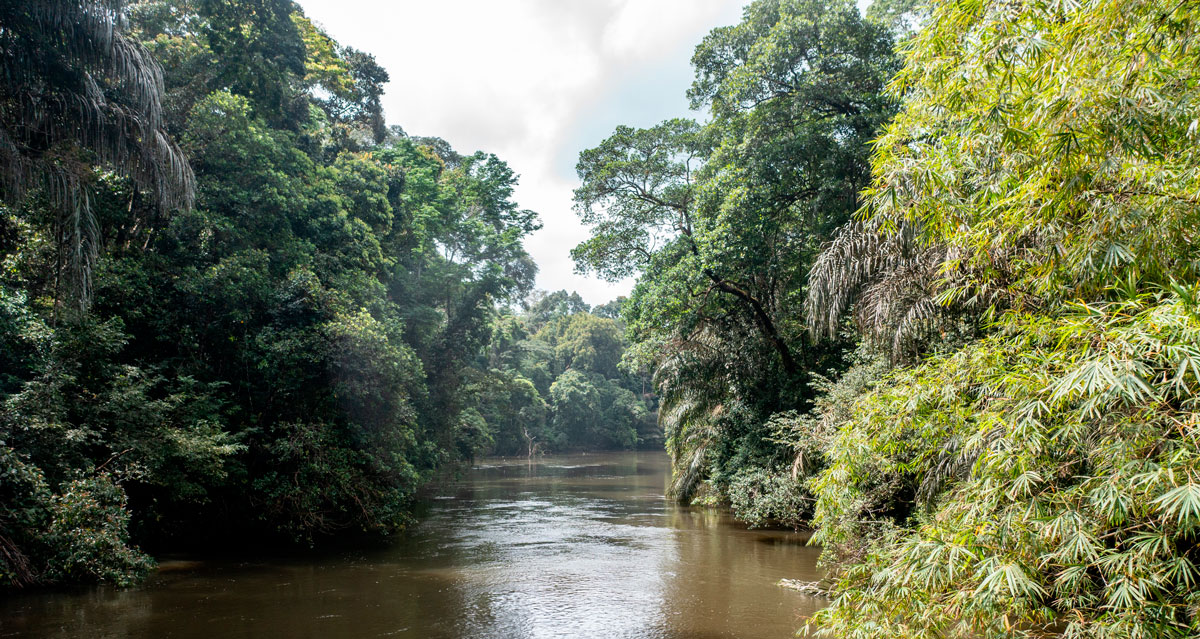
Assurance
Durability term:
200 years
Durability guarantee:
30 years
Verification:
All partners have committed to ongoing audits and reviews to ensure the project continues to meet the highest contemporary independent standards available, with ongoing data gathering, monitoring and analysis across the project to meet both the Verified Carbon Standard (VCS) standards and maintaining a double gold CCBA standard for community, climate and biodiversity conservation.
Additionality:
Without this project, restoration and conservation work would not be implemented due to lack of government funds and no environmental and community livelihood benefits would be realised. Requisite reforms in policy, legal and institutional structures and processes that are conducive to and supportive of sustainable community development would also not materialise.
Permanence:
Fire is a minor risk to the permanence of carbon stocks. However, with the potential effects of climate change during the project’s lifetime is none the less is being taken seriously with a fire monitoring alert system set up to monitor for incidences of fire and a prevention plan in place to react to any alert.
The project has developed a series of legal agreements to ensure the permanence of the project. These are in place to ensure the project proponents have the correct legal framework to back up the project activities and ensure the long-term viability of the project. 10% of the credits verified go into the VCS AFOLU buffer pool which acts as an insurance policy for non-permanence.
During project development communities have been actively consulted in the design of project activities and agreements. Meetings, workshops, focal groups, surveys and numerous informal discussions facilitated information sharing and gathering to ensure that a wide range of stakeholders from Chiefs through to forest edge community members have input into the project design process and validated each step of the development of activities, particularly those directly involving the communities.


